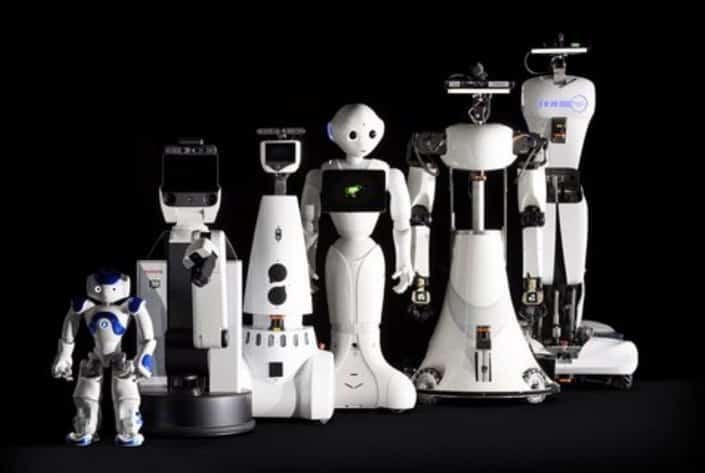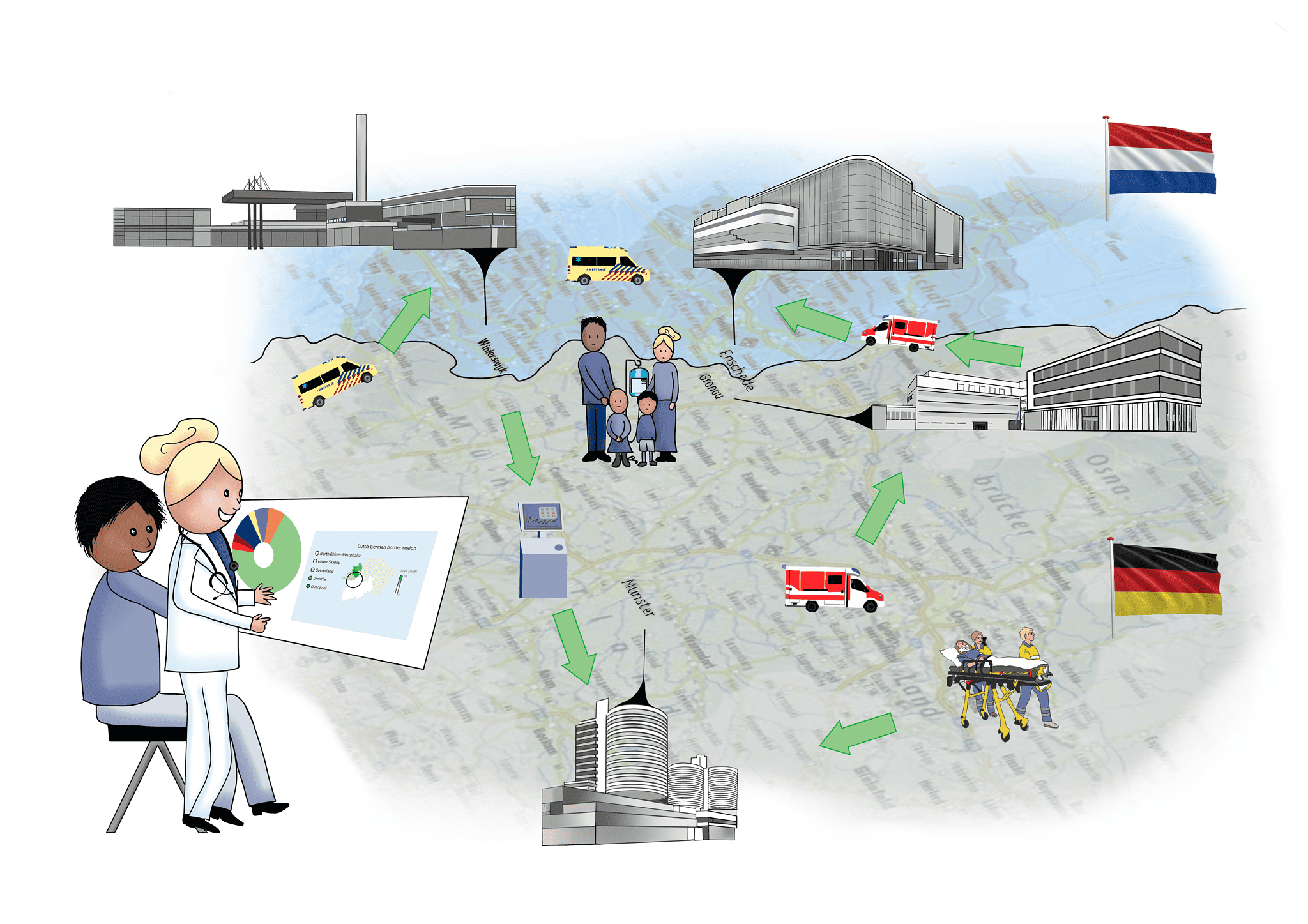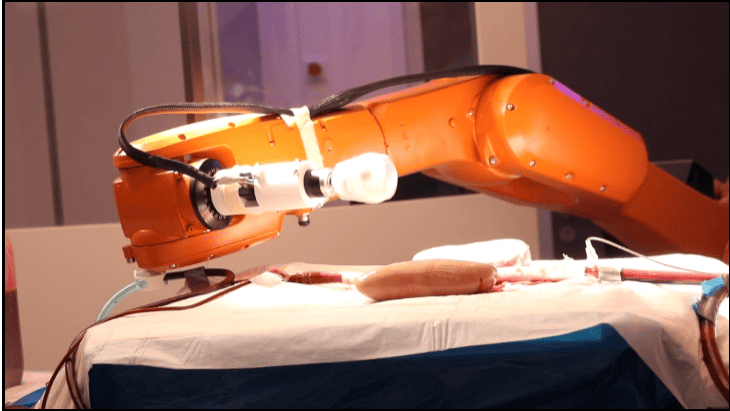
The goals are too vague, the changes are too slow and politicians are not on top of them enough. The Integral Care Agreement (IZA), concluded in 2022, is behind the times, according to an opinion presented today to three ministers at the Ministry of Health, Welfare, and Sport. Without rapid reforms in the healthcare sector, one in three healthcare workers will be needed by 2060. The emphasis is on “appropriate care,” digitization, and concentration of complex care. However, initiatives for improvements encounter bureaucratic hurdles. The government is advised to be more active and embrace local innovations to avert a crisis.
At Innovation Origins, we often write about innovations from scientists, start-ups, and hospitals that could transform healthcare. We selected three:
1. An eBay for healthcare
Delivering good quality health care is becoming an increasingly complex puzzle. This is especially true in sparsely populated border regions where finding qualified personnel is more difficult, and where the lack of intensive care beds (the Netherlands) or sufficient medicine (Germany) is greater than in densely populated areas. “So we can conclude that the situation is unsustainable,” Caroline Fischer insists. Therefore, hospitals in these regions need to rely much more on each other, believes the assistant professor of public administration and digital transformation at the University of Twente (UT).
That is exactly what the BRIDGE project, which secured 1.5 million in funding in December, is focusing on. The project conducts research on “resource pooling. This involves more flexible use of not only personnel but also hospital beds, ambulances, medications, and patients’ treatment locations. Although technology can take over some care tasks, there are also gains to be made by using care staff more efficiently and making better schedules.

2. TripleMed aims to improve treatment of arterial dilation
More than 150,000 patients worldwide are treated for artery dilation or dilation each year. Over ten percent of all bulges previously treated with stents experience leakage and further growth of the aneurysm. There are currently no effective treatments for these.
TripleMed wants to change that. This Geleen-based medtech start-up focuses on improving the treatment of aortic aneurysms. Lenn Houbiers, investment manager at LIOF, one of the start-up’s investors, said, “The TripleMed solution will eventually ensure a more efficient approach to aortic aneurysms, a better quality of life, and lower healthcare costs.” Clinical trials began in 2020; 33 patients have been treated to date. The interim results of the clinical trial are positive, in 89 percent of patients the leakage remains stopped for a long time. By the end of 2024, the company hopes to have treated 57 patients, completing the clinical trial.

3. Millirobots navigate arteries
Every year, one in four people worldwide die from diseases caused by blood clots. A blood clot blocks a blood vessel, preventing blood from delivering oxygen to certain parts of the body. Surgeons currently use flexible instruments to remove the blood clot and get the blood flowing again, but some parts of the body are difficult to reach. With their small size, the tiny robots can reach these areas.
Using a robotically controlled rotating magnet, researchers from the University of Twente and Radboudumc send helical robots through a detached aorta containing kidneys. “These millirobots have enormous potential in vascular surgery,” said Michiel Warle, a vascular surgeon at Radboudumc. “Currently we use blood thinners and flexible instruments, but a millirobot can go to difficult









